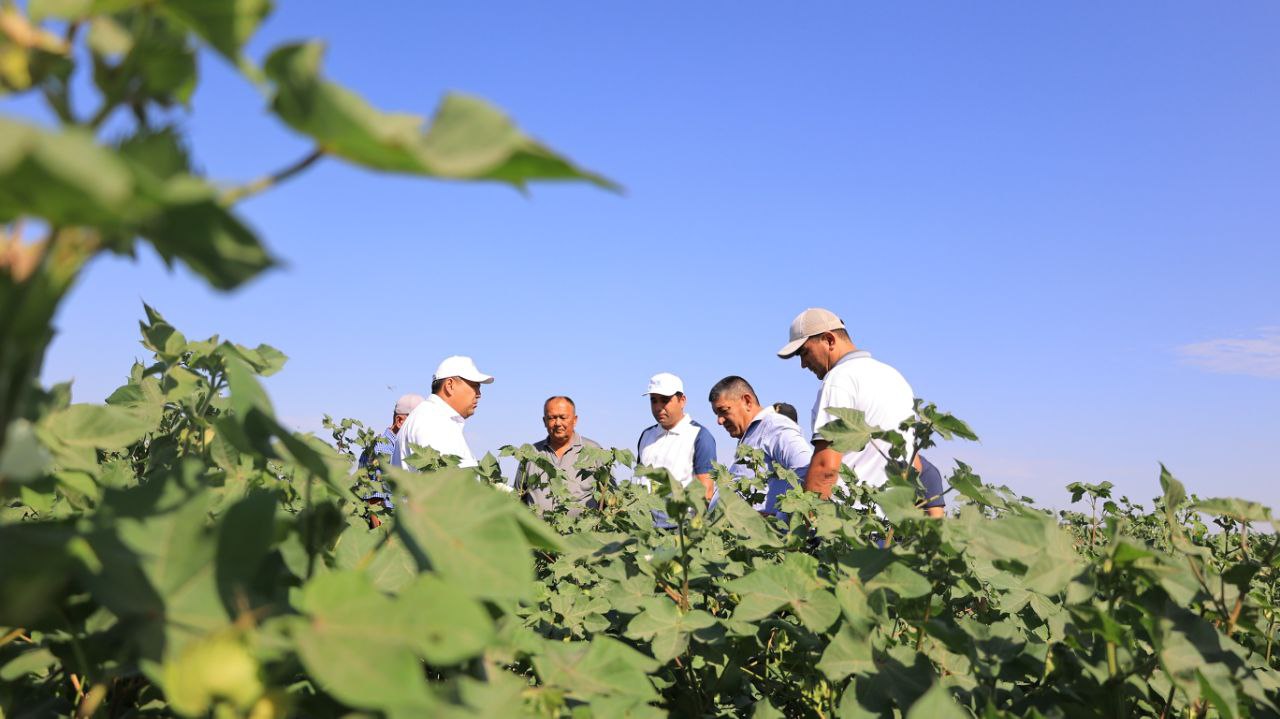
Toshkent viloyati Quyi Chirchiq tumanida monitoring ishlari davom ettirildi
Toshkent viloyati paxta maydonlari monitoringi davom ettirildi va mutaxassislar Quyi Chirchiq tumanida bo’lishdi. Ilk manzil TST klasterning Oʻzbekiston-4 hududidagi 52 gektarli paxta maydoni boʻldi. Bu yerga C-9090 paxta navli ekilgan. Kultivatsiya ishlari bajarilib, sugʻorilgan. Har bir koʻchatda 12-13 ta koʻsak borligini koʻrish mumkin. Dalaga biomaxsulot chiqarilib, feremon tutqich qoʻyilgan. Ammo chilpilash ishlarini bajarish va begona oʻtlardan tozalash zarur. Bu boʻyicha mutaxassislar tomonidan koʻrsatmalar berildi.
Ikkinchi manzil Quyi Chirchiq tumani, TST klasterning Oʻzbekiston-5 hududidagi 79 gektarli paxta maydoni boʻldi. Bu yerda C-8290 navli paxta ekilgan. Maydonda kultivatsiya qilinib, sugʻorish ishlar olib borilmoqda. Biomaxsulot chiqarilib, feremon tutqich qoʻyilgan. Hududda dala madaniyatiga ham rioya qilinganini koʻrish mumkin. Ariq betonlashtirilgan, maydon chetiga loviya, uzum va rayxon ekib parvarishlanmoqda.
Mutaxassislar tomonidan sugʻorish ishlari yakunlanishi bilan chilpilash va oʻgʻitlash ishlarini kechiktirmay bajarish boʻyicha koʻrsatma berildi. Tashrif doirasida Quyi Chirchiq tumani TST klasterning “Buxoro-10” paxta navi ekilgan maydonlari ham monitoring qilindi. Bular: 61 gektar paxta maydoniga ega “Xamza -3”, va mos ravishda, “Beruniy” - 99 gektar, “O‘zbekiston-2” - 57 gektar hamda 22 gektardan iborat “Otajonov” hududlari. “Xamza -3”, “O‘zbekiston-2” hamda “Beruniy” maydonlarida sug’orish ishlari yakunlanib, biomaxsulot chiqarilgan va feremon tutqichlar qo’yilgan. Otajonov hududida esa ayni kunlarda sug’orish ishlari olib borilmoqda. Hududlar kesimida yer yetilishi bilan chilpish ishlarini boshlar va kultivatsiya qilish bo’yicha ko’rsatmalar berildi. Hususan, kimyoviy va qo‘lda chilpish ishlarinining farqi va ahamiyati haqida batafsil suhbatlashildi va tavsiyalar berildi.
Quyida ushbu berilgan maslahatlarni keltiramiz:
Chilpish qoʻlda oʻtkazilganda oʻsimlikning oʻsuv nuqtasi hamda yon tomondan oʻsuv nuqtasi mavjud boʻlgan yonshoxining 1-2 sm qismini tirnoq uchida (chimdib) yulib olinadi va yulinib olingan oʻsuv nuqtalarini fartuklarga solib daladan chiqarib, yerga koʻmib tashlash talab etiladi. Chunki, koʻsak qurtining kapalaklari aynan gʻoʻzaning yumshoq joyiga, yaʼni oʻsuv nuqtasiga oʻz tuxumlarini qoʻyib qoʻpayish jarayonida boʻladi. Bu koʻsak qurti 4-avlodining rivojlanish davri boʻlib, aynan gʻoʻzaga kuchli zarar yetkazadigan davr hisoblanadi. Qoʻlda chilpish oʻtkazilganda oʻsimlikning uchki qismida shakllanib kelayotgan hosil elementlarining yulib tashlanishiga yoʻl qoʻyilmasligi kerak.
Kimyoviy chilpish oʻtkazilganda esa barg tarkibidagi xlorofill miqdori koʻpayib, fotosintez intensivligi, azot-oqsil va fosfor moddalarning almashish jarayoni kuchayadi. Oʻsimliklarni oʻstiruvchi moddalarning sintezi esa susayadi. Taʼkidlash kerakki, chilpish kimyoviy usulda oʻtkazilganda, oʻsimlikning hosil toʻplashi va kompakt holatda oʻsishi hamda koʻsaklar pishib yetilishining tezlashishi kuzatiladi. Bunda bugungi kunda keng maydonlarda ishlatilib kelinayotgan Sojean, Entojean retordantlarini gʻoʻzaning shonalash davrida 15 g/ga, gullash fazasida, yaʼni gʻoʻzaning boʻyi 50-60 sm boʻlganda 45 g/ga, gʻoʻzada 10-11 hosil shoxi paydo boʻlganda 90 g/ga meʼyorda qoʻllash yoki Sojean, Entojean retordantlarini meʼyori biroz oshirilgan holda 95-105 g/ga meʼyorda qoʻllash maʼqul hisoblanadi. Agarda ushbu tartibda Sojean, Entojean retodantlari qoʻllanilmagan boʻlsa, gʻoʻzaning 11-12 hosil shoxi paydo boʻlgan maydonlarda Dalpiks, Piks kabi retordantlardan 1,5-2,0 l/ga meʼyorda qoʻllash tavsiya etiladi.
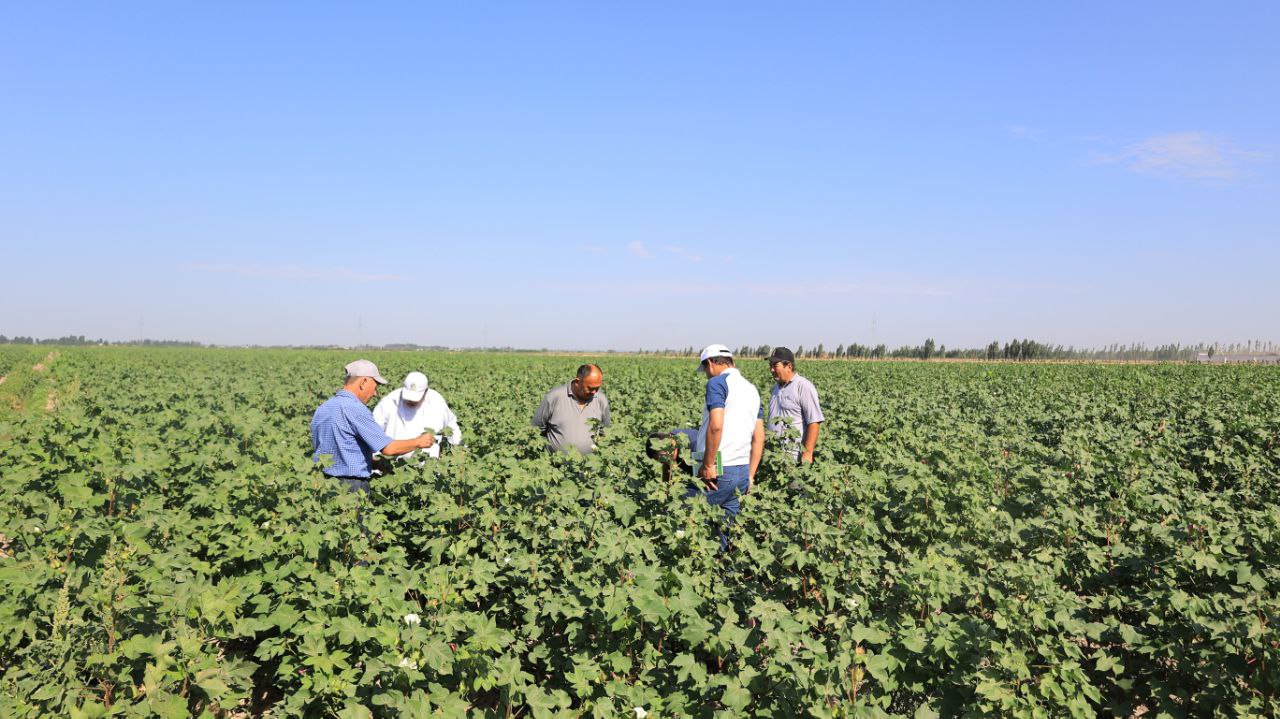
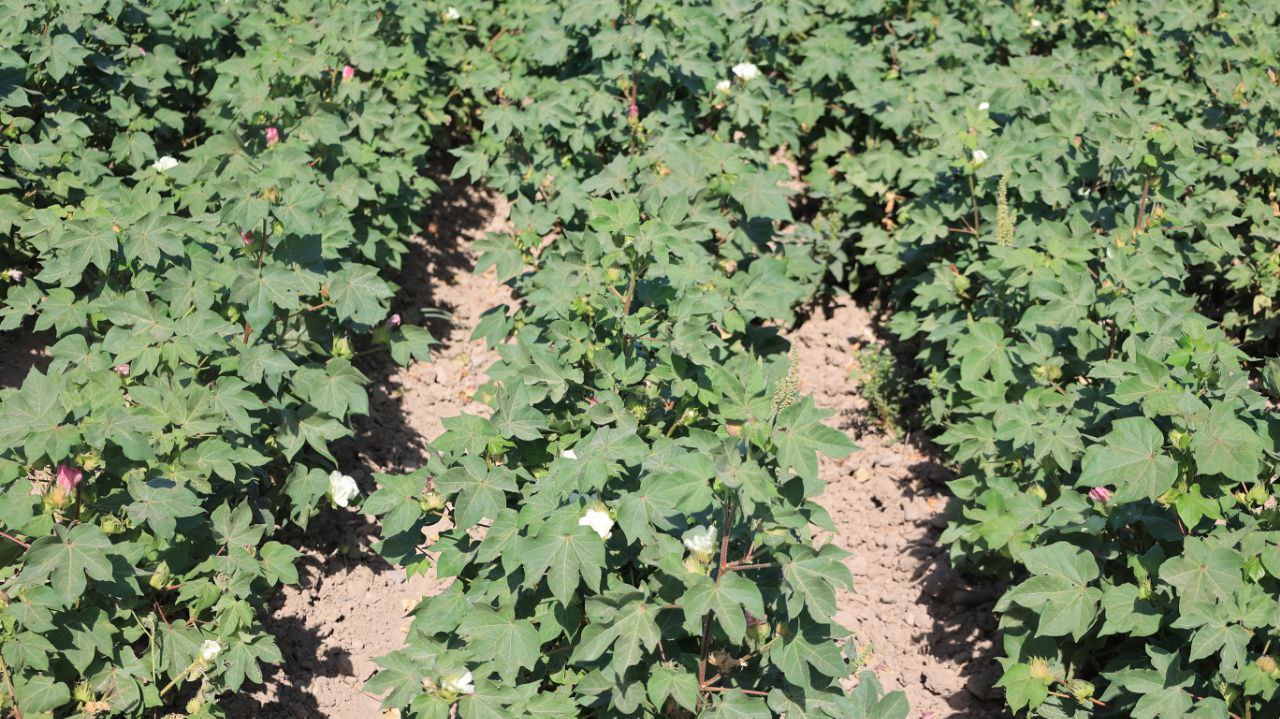
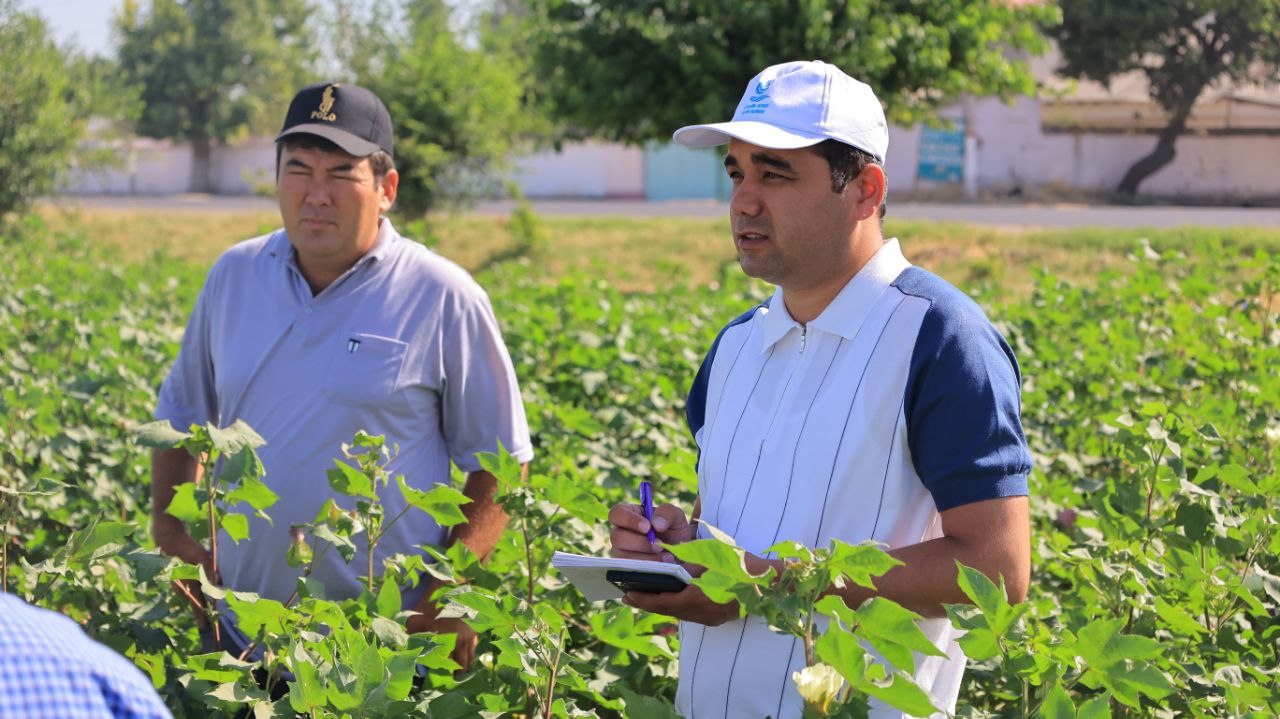
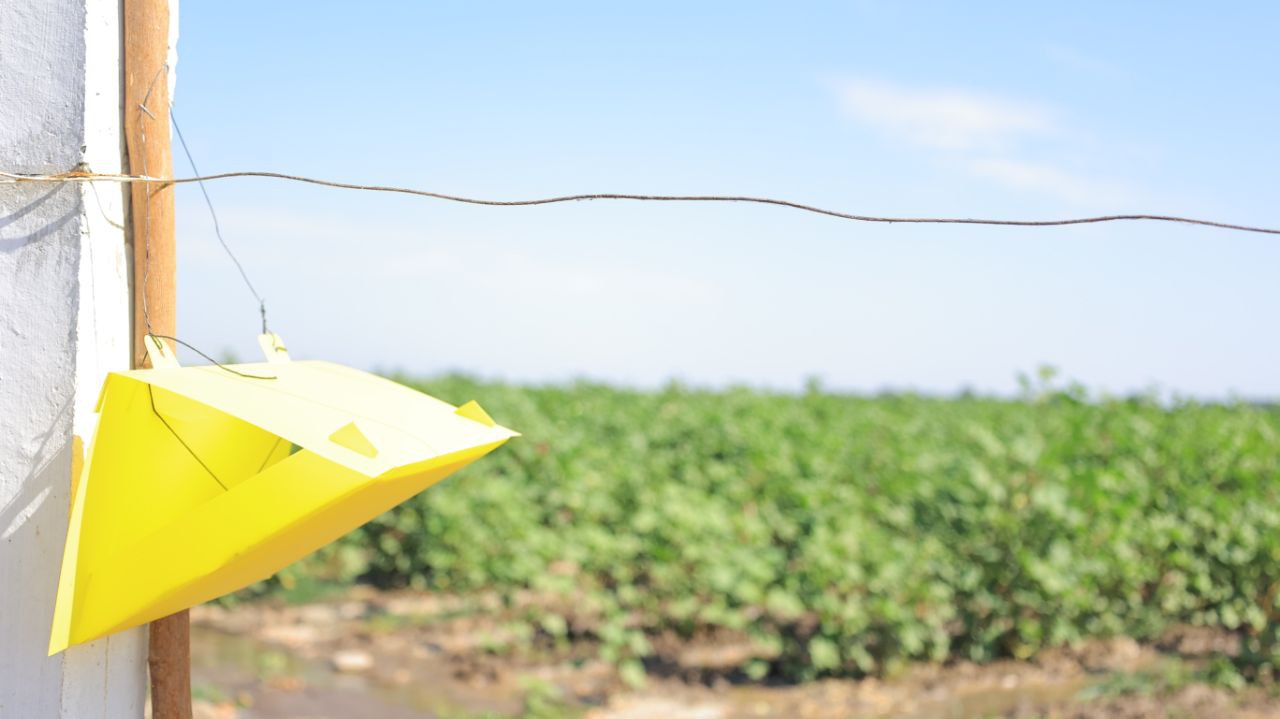
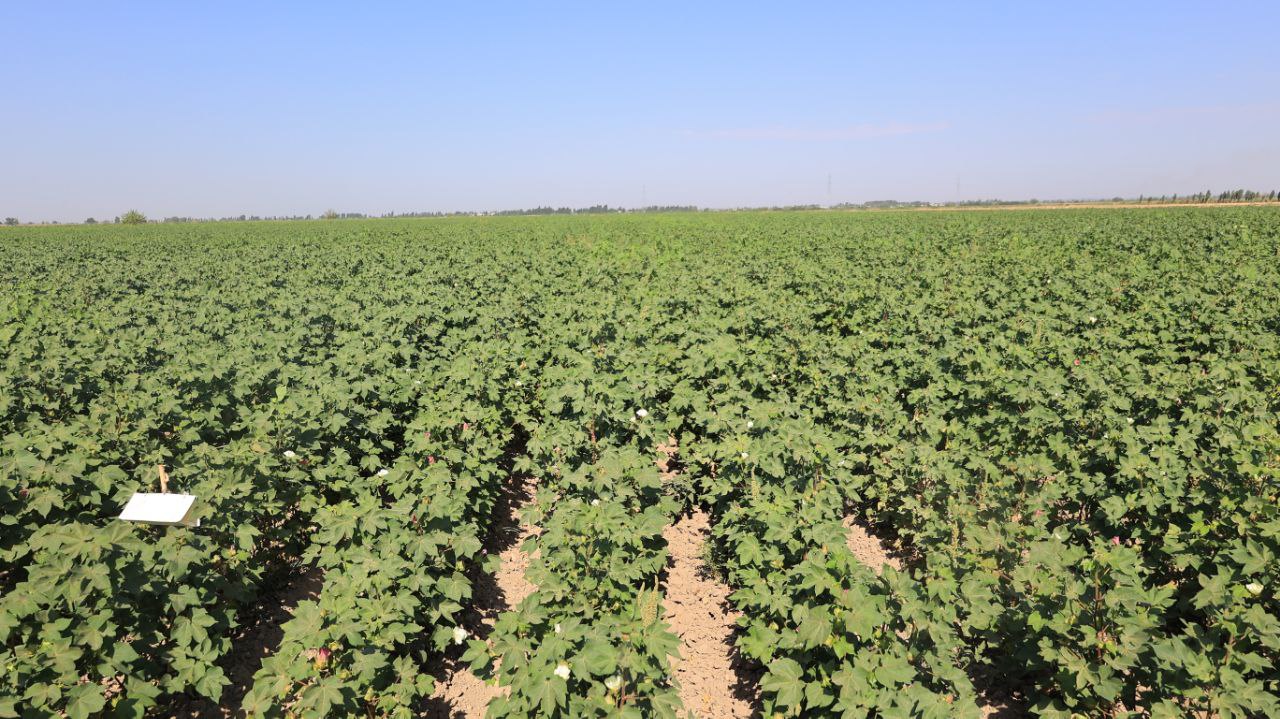
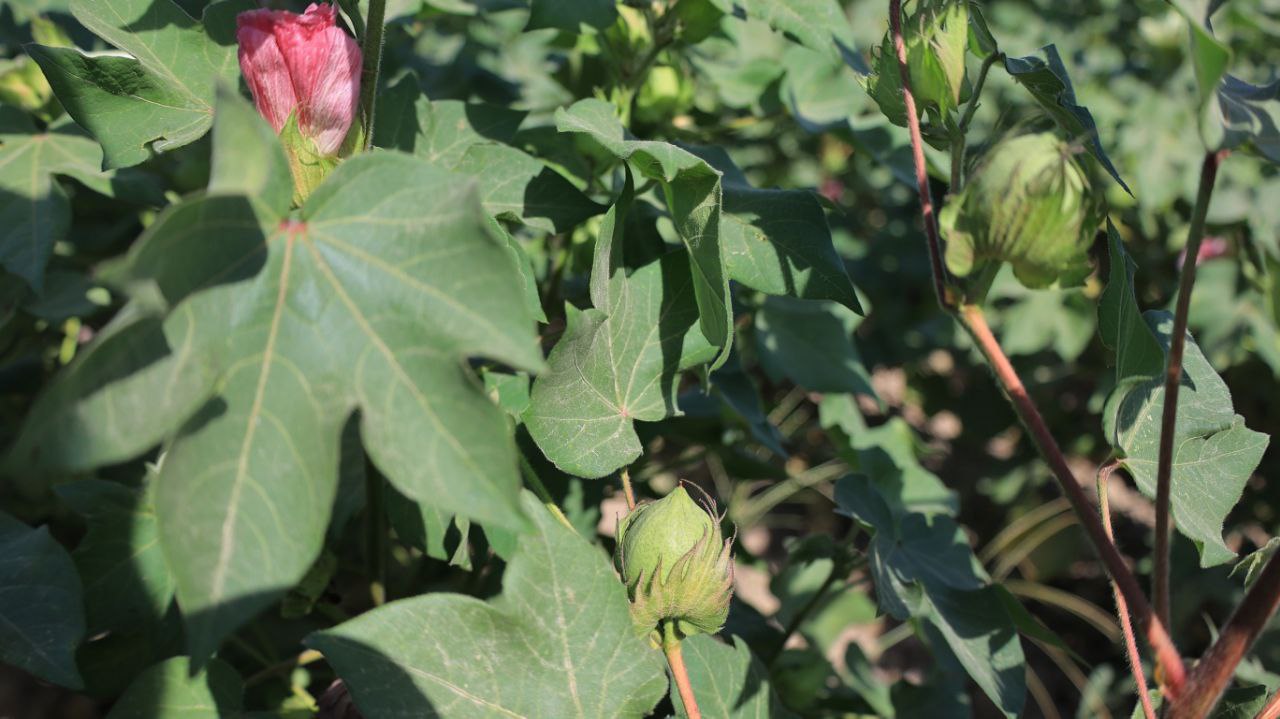
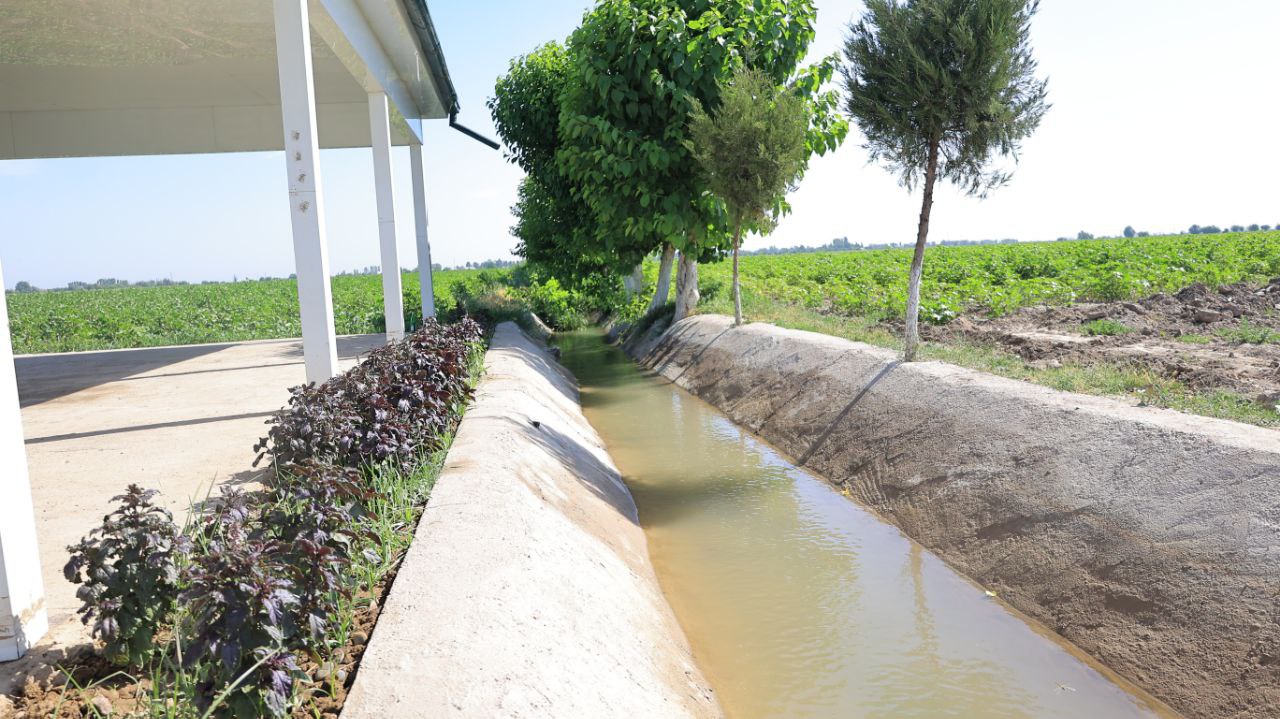
So'ngi yangiliklar
- Sirdaryoda paxtachilikda intensiv agrotexnologiyalar joriy etilmoqda
- Qishloq xo‘jaligi vaziri, O‘zbekiston Respublikasi Prezidenti huzuridagi Paxtachilik kengashi raisi Ibrohim Abdurahmonov boshchiligidagi ishchi guruhi a’zolari Qashqadaryo viloyatida bo‘lishdi
- Qashqadaryoda ekilgan XinLuZao-78 navi parvarishlanayotgan hududda xitoylik mutaxassislar ishtirokida dala o‘quv-seminari bo‘lib o‘tdi